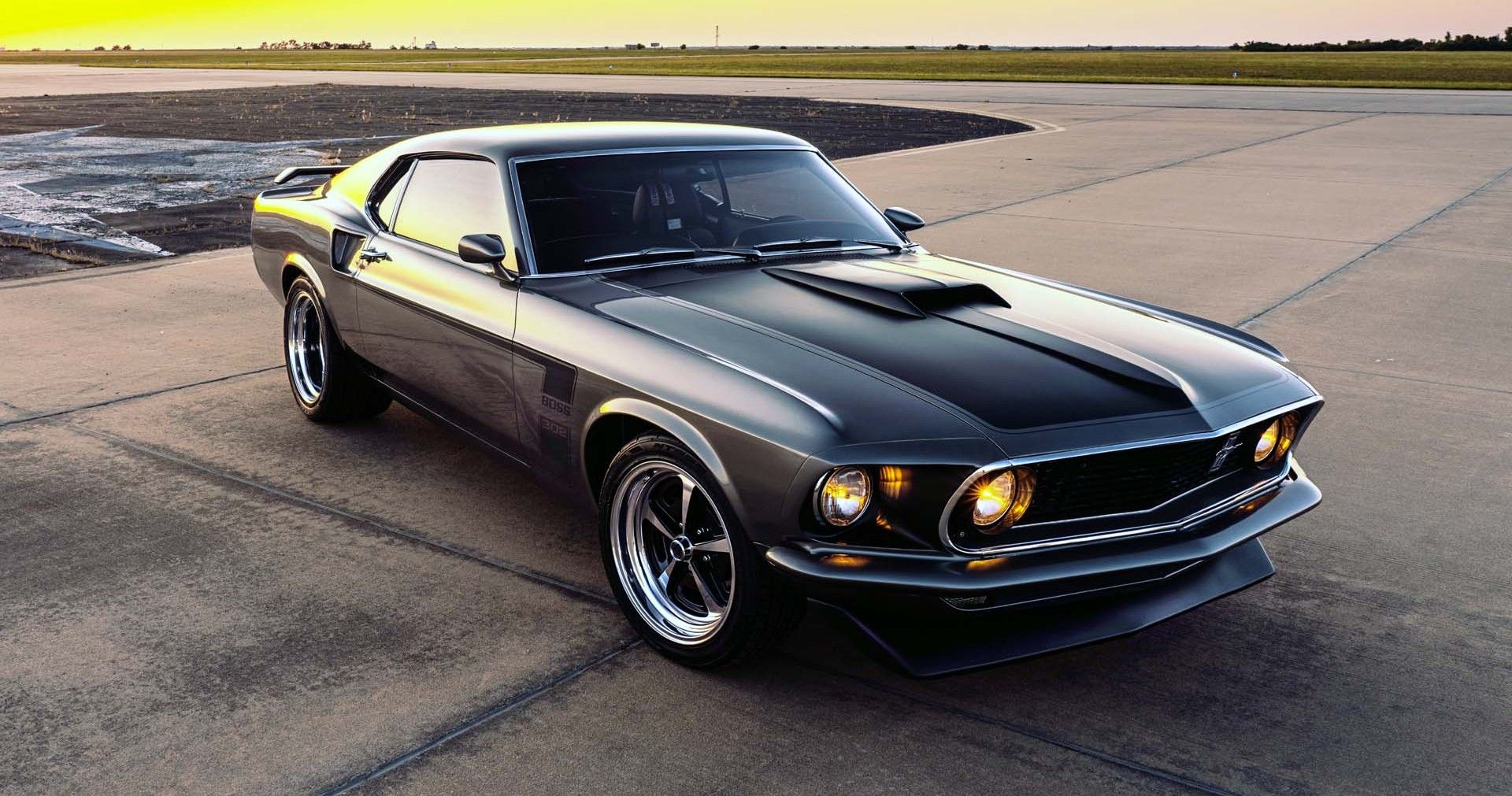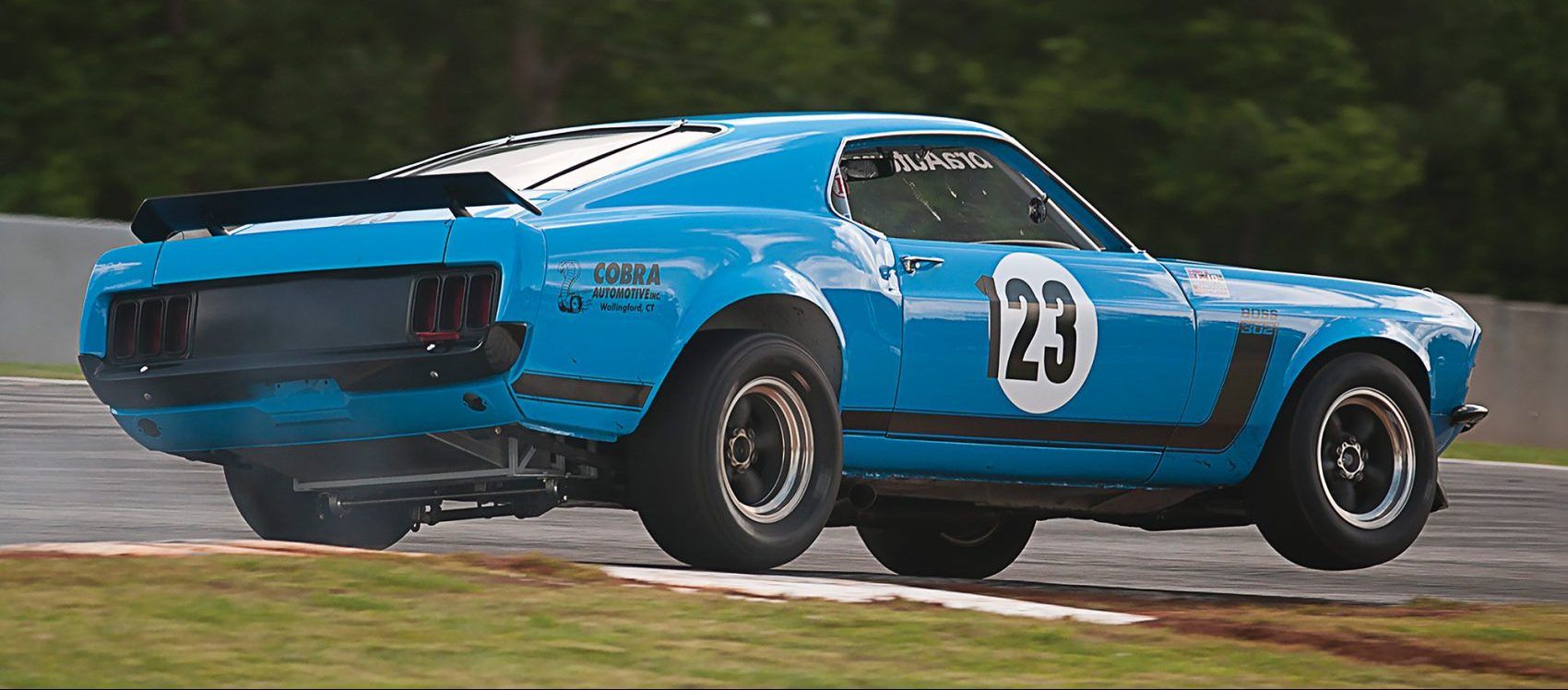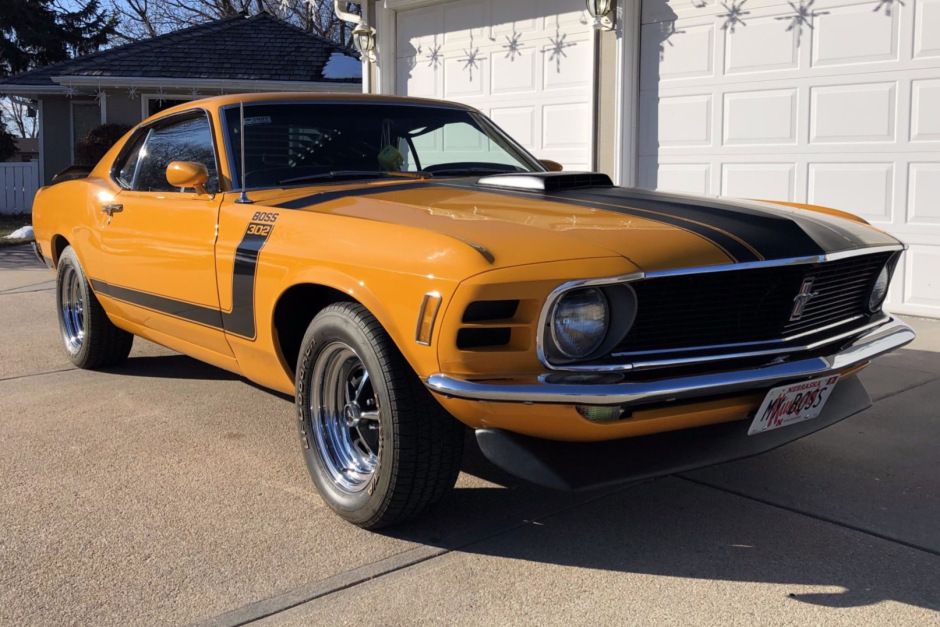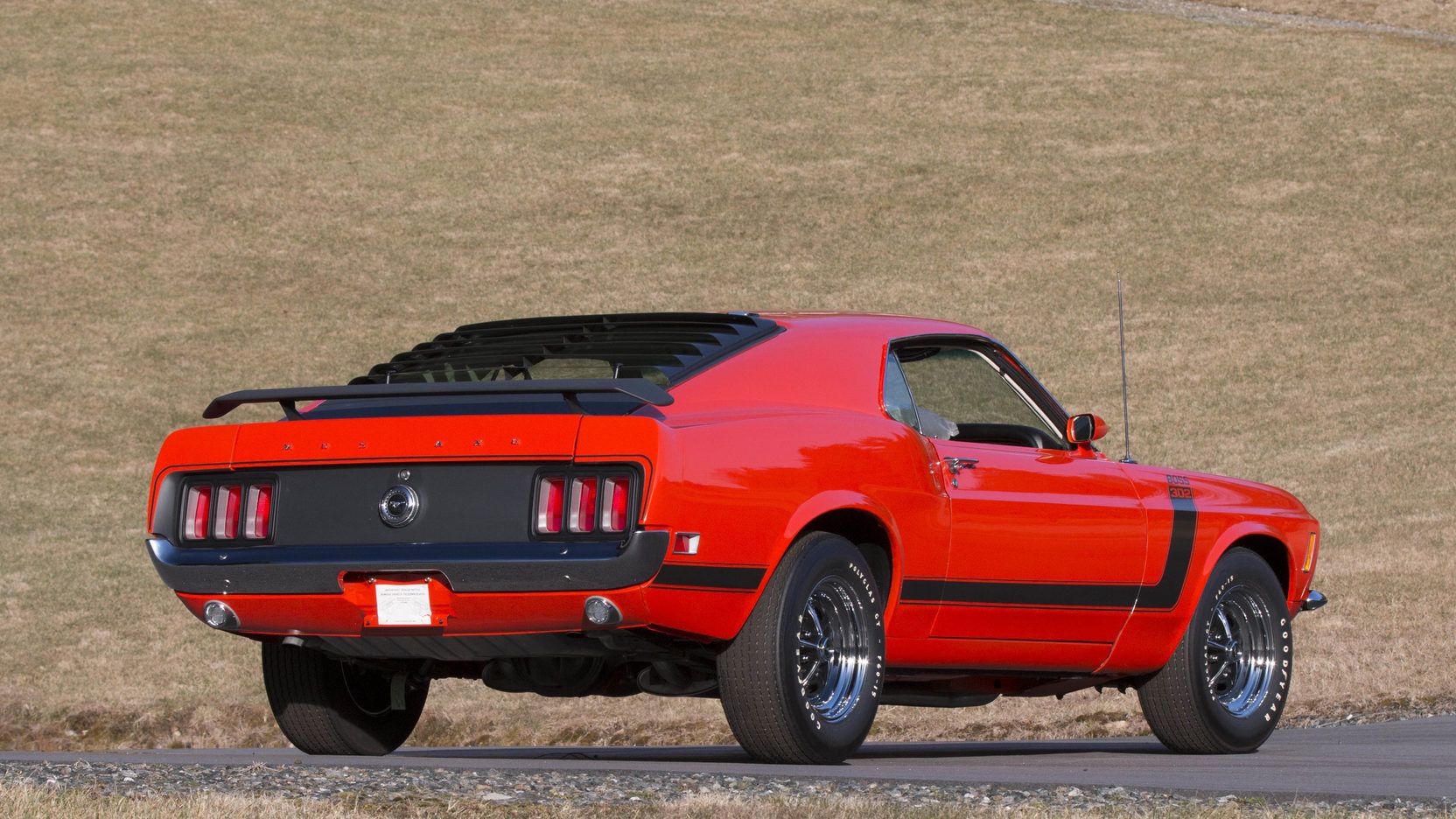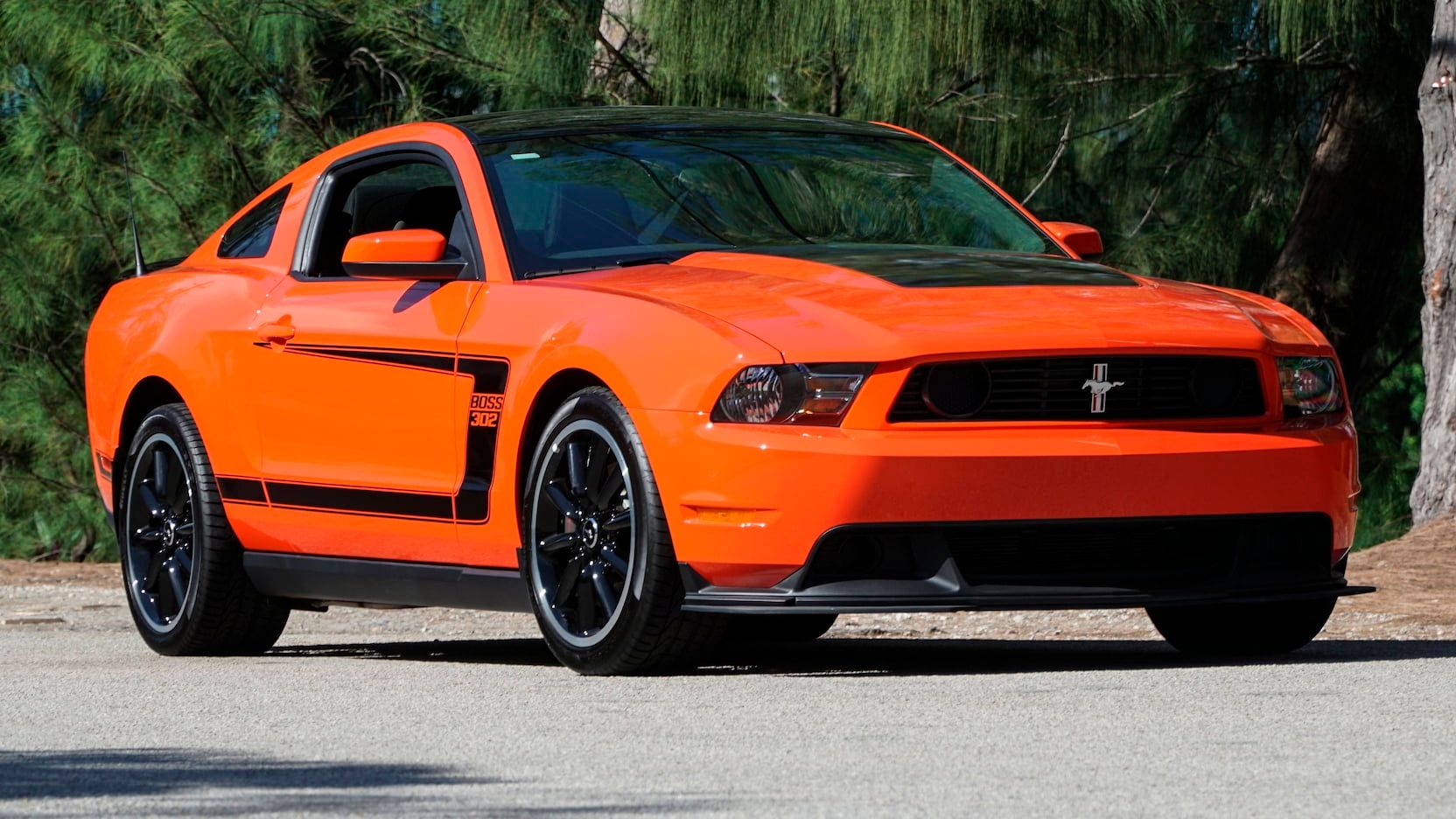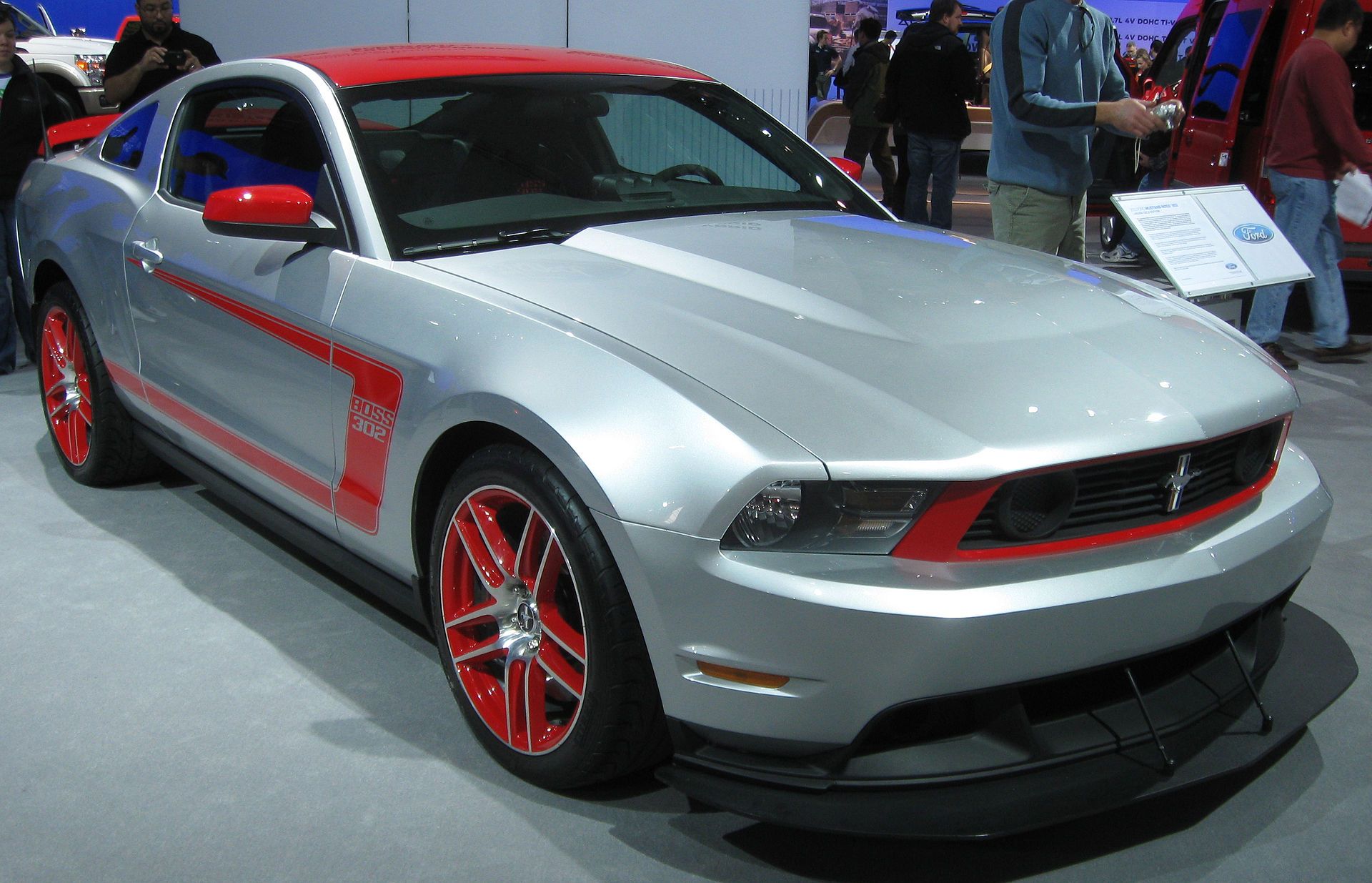It can be a little bit daunting keeping track of all the different special edition Ford Mustangs. For over 50 years, all sorts of specialty Mustangs with all manner of crazy performance and visual upgrades have been released alongside every new model generation. We could easily go in-depth on any one of the famous special-edition Mustangs. However, we think that the Boss 302 stands above the rest in terms of being rarer and more special than almost any other Mustang. Only being produced over four model years in the late 1960s and again in the early 2010s, the 302 really does have most other Mustangs beaten as far as rarity is concerned.
Today, let's reminisce about the rarest and possibly the most fun Mustang ever to come out of a Ford Factory, the mighty Boss 302.
Not So Friendly Competition
If you need proof that competition between car companies makes their models better overall, look no further than pony cars of the 1960s. In the beginning, the Mustang was all alone in a new car segment, which the Mustang would be the inception of. When General Motors launched the Camaro in 1966, it was clear that its goal was to take a big chunk of sales away from Ford in this brand new head to head battle between the two companies. This battle between Ford and GM would be fought on two fronts, one on the streets of America, and another on its race tracks. If NASCAR is America's most popular motorsport among causal fans, the Trans-Am series is among hardcore racing fans, and no two manufacturers defined this race series as Ford and Chevrolet. These two combine for 55 of the last 97 SCCA class championship victories since 1966. In the late 60s and early 70s, a displacement limit of 5 liters or 305 cubic inches was implemented on all engines in Trans-Am racing. It was this rule change that pushed Ford to produce the first Boss 302 Mustang in 1969.
One Of The Fastest Cars In America
In the cut-throat world of 1960s American cars, it was commonplace for engineers and designers to jump ship from one company to the other if they felt they weren't being treated fairly. It should come as no surprise then that an ex-General Motors designer was responsible for styling the Boss 302. Larry Shinoda, the son of Japanese immigrants who were wrongfully placed in internment camps during World War Two, was most well known for designing the C2 Corvette Stingray, now seen as one of the most beautiful cars ever built. Shinoda worked wonders on this new Mustang, it looked radically different from most other first-generation Mustangs, with a wider, more aggressive front grille, and fender flares that bulged out over the 15-inch alloy wheels.
The 302 was a pony car through and through, but it was also a bit of a supercar in its day. This was thanks to upgrades like disc brakes in the front, a novel thing for cars of the period, as well as a special sport-tuned suspension derived from Trans-Am racing. At a time when most American cars had a hard time doing anything other than driving in a straight line, the 302 had much of the same handling credentials as European sports cars. The 302 did 0 to 60 in 6.9 seconds, to get an idea of how fast that was, an equivalent year Ferrari 365 GT could only manage 7.1 seconds. The famous "hockey stick" decal was added in 1970, that makes this model year is one of the most sought after Mustangs and easily fetches well over $150,000 on the occasion one of them goes up for sale at auction. We imagine a buy like that would be worth every penny. Ford only made around seven thousand of these 302's so you'll be sure to remember the day you're lucky enough to come across one.
43 Years Later
The second generation Boss 302 embodies the same racing spirit as its famous ancestor. Released in limited numbers for one model year in 2012, the revived 302 sticks to its roots whenever possible. This includes the 5-liter, 444 horsepower Coyote V8. Like its namesake from the 60s, this 302 was built for the track before anything else. The car sported upgrades to the brakes, shock absorbers, and a limited-slip differential, all controlled through a computerized stability control system which makes dozens of micro-adjustments to suspension geometry every second. An aero package designed for the Boss 302 racecar was also available.
There was also an even smaller production run of limited edition "Laguna Seca Edition" Boss 302's. Named after the famous race track in California, The Laguna Seca took the standard Boss 302 and gives it even more racing credentials. The rear seats are deleted to save weight and the rear suspension was beefed up even more so than the standard car. This made the Boss 302 Laguna Seca barely qualify as a road car, but then again it was never intended to be a family grocery getter, it was built for one thing and one thing only, to be the fastest and most exhilarating Ford Mustang of all time. The Second generation Boss 302 is even rarer than its 1960s counterpart, with a paltry 2000 standard cars built and only 750 in the Laguna Seca spec. Don't be surprised if one day in the not so distant future, this generation of Boss 302 will command the same six-figure price tag as its namesake. As for the original, expect its value to continue to skyrocket into outer space, still a small price to pay for an American pony car that was faster than a Ferrari.
Sources: Hemmings.com, Camaro Research Group, Mecum Auctions
Next:1969 Chevy Camaro VS 1969 Pontiac Firebird Trans Am: Who Wins This Sibling Rivalry

